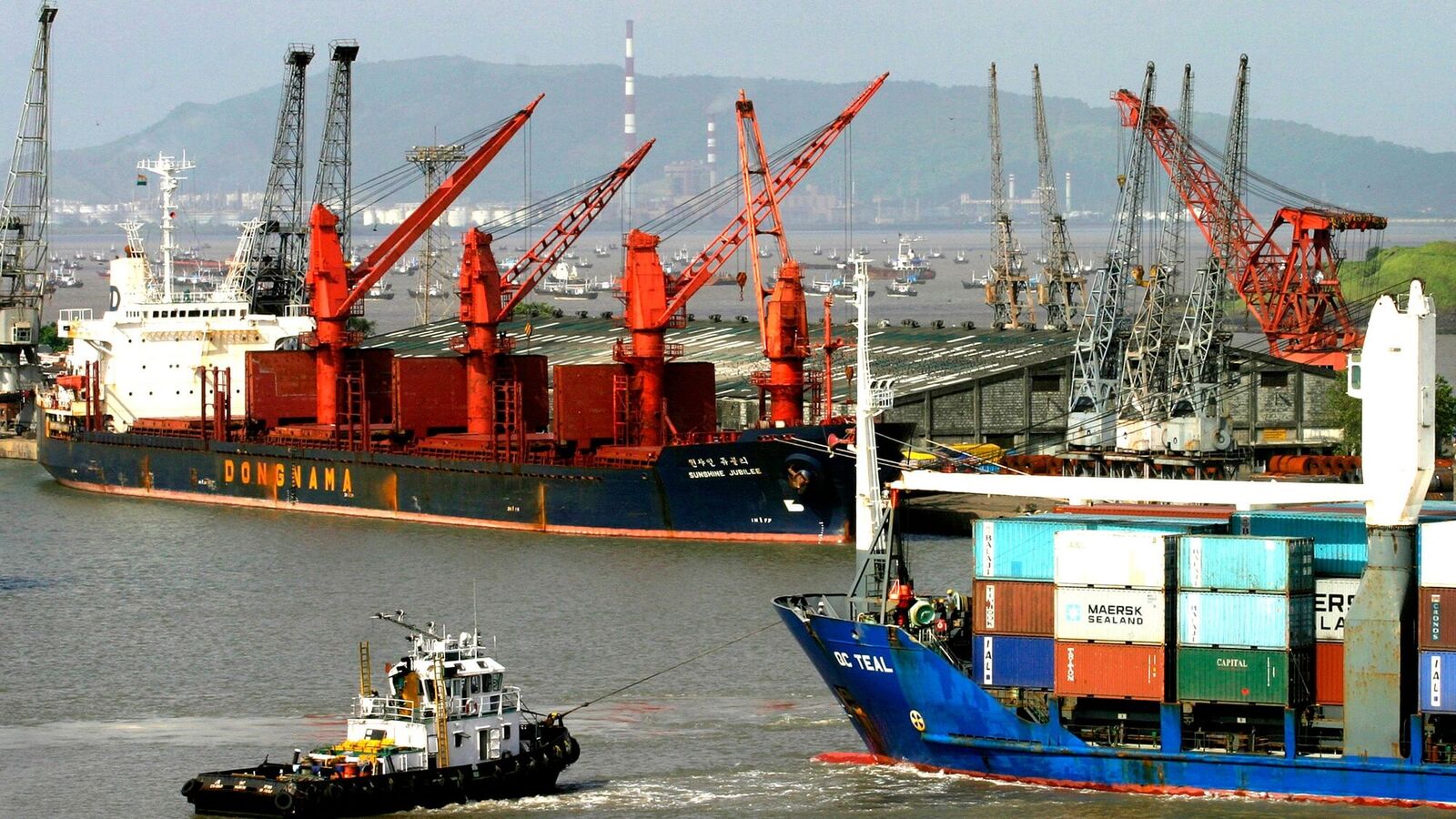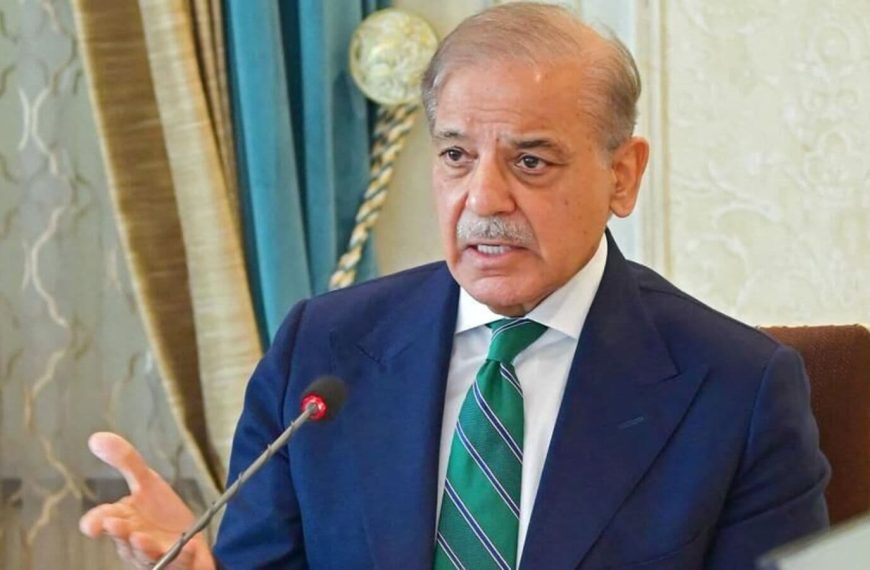India Faces Significant Export Losses Due to U.S. Tariffs
Recent analysis reveals that India may suffer direct export losses amounting to $14 billion, which equates to 0.38% of its GDP, stemming from reciprocal tariffs implemented by former U.S. President Donald Trump. This alarming forecast comes from the National Institute of Public Finance and Policy (NIPFP), an autonomous research organization under the Ministry of Finance, which presented its findings on Friday. The study emphasizes the potential repercussions of the ongoing U.S.-China trade tensions, particularly concerning import surges and commodity dumping across various sectors.
Impact of Tariffs on Indian Exports
The NIPFP report, crafted by economists Rudrani Bhattacharya, Radhika Pandey, and Manish Gupta, outlines how Indian exports could be adversely affected by these tariffs. While there is a possibility of negotiating a trade deal to alleviate some impacts, it would likely involve compromising India’s trade surplus with the U.S. The report, titled “Impact of Trump Shock on Indian Economy – An Assessment,” warns that as products are diverted from countries like China and Vietnam, Indian imports could spike, risking further economic instability.
- Key sectors at risk include:
- Electronics
- Gems and jewellery
- Machinery
- Textiles
- Metals
- Transport equipment
Services Sector Vulnerabilities
Although goods exports are expected to bear the brunt of these tariffs, the services sector, a cornerstone of India’s export growth, may also experience fallout due to potential stagflation in the U.S. The NIPFP highlights that the gems and jewellery sector, in particular, could lose market share as other countries benefit from lower tariffs.
Opportunities for Labour-Intensive Industries
Interestingly, the report points out potential opportunities for labor-intensive sectors like footwear, garments, rubber products, furniture, and toys. These industries might capitalize on the higher tariffs imposed on competitors like China and Vietnam. For instance, India could increase its market share in the footwear sector, provided it enhances its manufacturing capacity.
Current Trade Dynamics
In the fiscal year 2025, India reported a goods trade surplus with the U.S. of $41.18 billion, a 16.6% increase compared to the previous year, which stood at $35.32 billion. This growth was driven by an 11.6% rise in exports to the U.S., reaching $86.51 billion, while imports surged by 7.4% to $45.33 billion.
Risks of Commodity Dumping
The NIPFP economists caution that the decoupling of the U.S. and China could lead to the dumping of key commodities such as resins, paper, and rubber in the Indian market. They also noted the possibility of agricultural products being dumped into India as a result of retaliatory tariffs from China against the U.S.
Strategies for Trade Balance Improvement
To combat these challenges and bolster India’s position in global trade, the NIPFP recommends several strategies:
- Reducing the trade surplus with the U.S. by increasing imports of oil and other commodities.
- Accelerating trade negotiations and securing sector-specific exemptions.
- Diversifying export markets, particularly towards the EU, UK, and ASEAN.
- Strengthening domestic manufacturing initiatives like Make in India with a focus on semiconductors, renewable energy, and electronics.
Conclusion: Navigating Uncertain Waters
As the global economic landscape shifts, India stands at a crossroads. It has the potential to leverage new trade opportunities created by differential tariffs, but it must also navigate the risks posed by U.S. trade policies. The NIPFP warns that the economic impact could resemble the challenges faced during the global financial crisis of 2008-09. With strategic action and proactive measures, India can work towards enhancing its trade resilience in these turbulent times.











